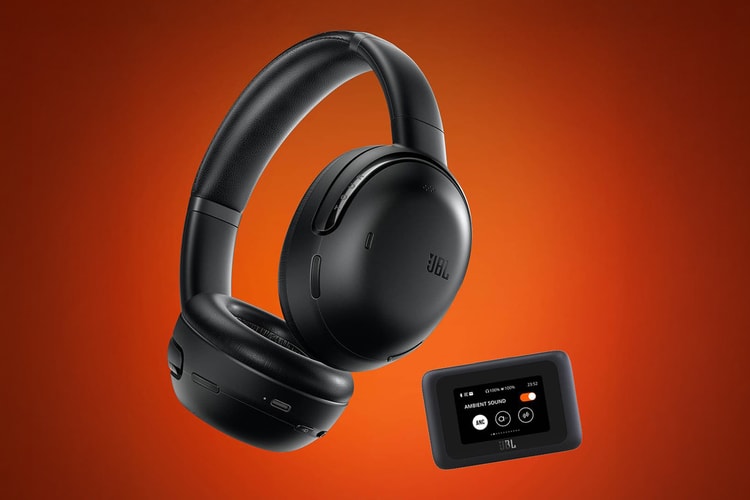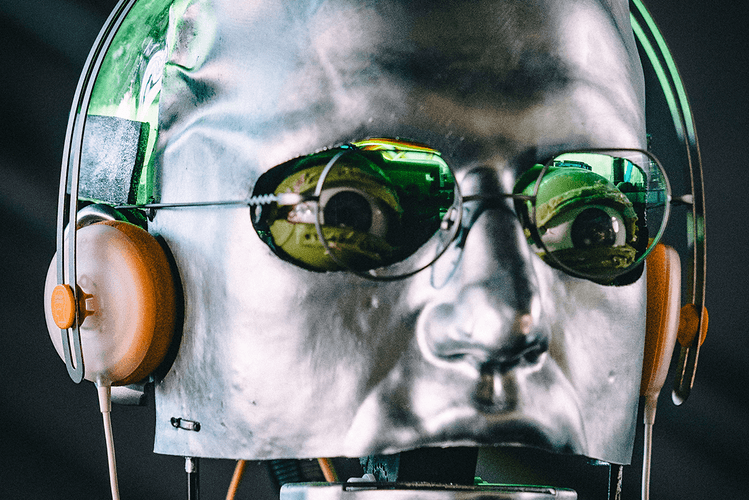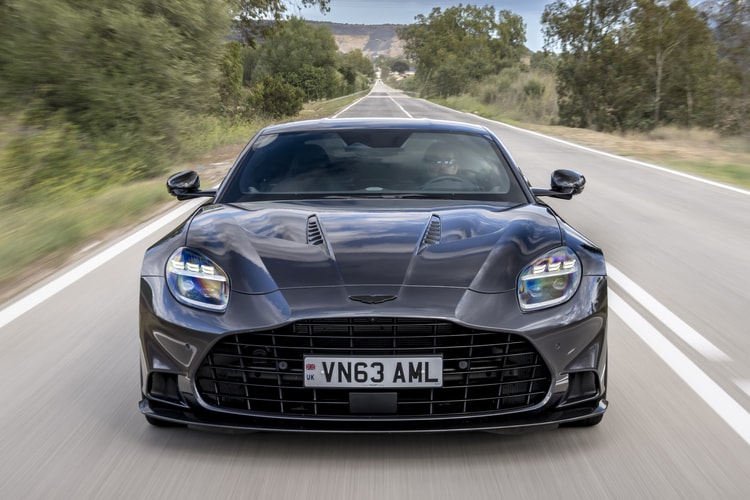HYPETRAK Review: LSTN Troubadour Headphones
I’ve been keen to test out the products by Los Angeles based LSTN for a while now, partially
I’ve been keen to test out the products by Los Angeles based LSTN for a while now, partially because of their eye-catching design and sleek finish, but mostly because of company’s business model, which infuses music sharing and audio technology with a moral code. Formed in 2012 by Joe Huff and Bridget Hilton, LSTN celebrates the power of music by simultaneously emphasising social and ecological responsibility. Linked with the Starkey Hearing Foundation, the start-up has dedicated LSTN’s entire existence to sharing the experience of listening by restoring hearing for a person in need, as a portion of the profits from each pair of headphones sold is dedicated towards giving away hearing aids. The group had given away over 10,000 aids when this video was released last year, and yet they don’t spend a dime on advertising, so their growth and recognition is entirely dependent on one thing: a user’s experience and their subsequent word-of-mouth. I’ve been testing out LSTN’s Troubadour’s for the last few weeks, so read on to see if the headphone’s actual listening experience is as captivating as their story.
DESIGN
The Troubadour’s design aesthetic is a conversation starter to say the least. Its industrial-style metal headband is contrasted by the warm wooden casing, and the black finish throughout adds a third tone to the mix – all while still maintaining a comprehensive and minimalist design. LSTN’s logo is subtly engraved into the wooden casing, while the wood itself also makes for an interesting story, as each set is hand-crafted using reclaimed Ebony, Cherry, Beech or Zebra wood – meaning that no two sets look the same and yet no new trees were harmed in the making. If you’re not convinced by the environmentally-conscious design angle, what’s equally as interesting is LSTN’s attention to subtle details. The detachable cable raised quite a few eyebrows around the HYPETRAK Headquarters with its wooden finish at the cable connect, and by leaving the nuts and bolts that hold the actual set together exposed for a little extra design touch, the Troubadour encompasses an aesthetic that is sleek yet at the same time, raw and edgy.
WEARABILITY
As my work day requires me to spend numerous hours of the day with my ears “plugged in,” the comfort-factor of a headset is definitely one of the most important angles to critique. The lighter the headset the better, because it means less band-pressure on the top of your head and less downward pull from the earpieces – and when it comes to going light, LSTN almost nailed it. The head band is actually so light it’s barely noticeable, and I may have even forgotten I was wearing headphones at all if it wasn’t for the tight grip at the ear, which is unfortunately the Troubadour’s downfall when it comes to wearability. The ear cushion is soft and comfortable at first, but after a long day the material begins to feel a little too stiff, and as the use of memory foam on ear-cushions becomes an increasingly common sight in the music-sharing industry, one can only hope that LSTN will also take note. Aside from comfort, another interesting touch regarding wearability with the Troubador’s is that it is the cable (not the headset) that is marked with the Left and Right tag – meaning you can wear the headset any way around you want as long as the left cable is plugged in where the set sits on your left ear and vice versa. It’s a small and quirky design development, but a welcome one.
SOUND
LSTN may be relatively new to the headphone game, but the Troubadour’s ability to stream sound is so seamless, I’d have to say it’s comparable to tech-houses and companies that have been in the industry for years. The listening experience is extremely clean, with each individual beat and sound being significantly amplified, yet still remaining proportional. I’m personally not a fan of noise-cancelling functions on headphones because the white-noise/fuzz seems to pull away from an authentic listening experience, so I have no complaints that LSTN doesn’t offer this feature – even though I know this is a preferred option for many headphone users – because with sound quality like this you just don’t need it. It’s so easy to get lost in the Troubadour’s near perfect sound streaming that it’s not uncommon to find yourself cranking the volume to the top-notch and becoming a victim of the (slight, yet inevitable) sound bleed. No one wants to be that guy with their volume set to max on a crowded subway of their morning commute, but as the Troubadour’s sound quality is so clean, I can’t help but turn the volume up, cave in, and be that guy.
LSTN Troubadour Over Ear Headphones: $150USD, available here.
Photography: Kenneth Deng/HYPETRAK
















